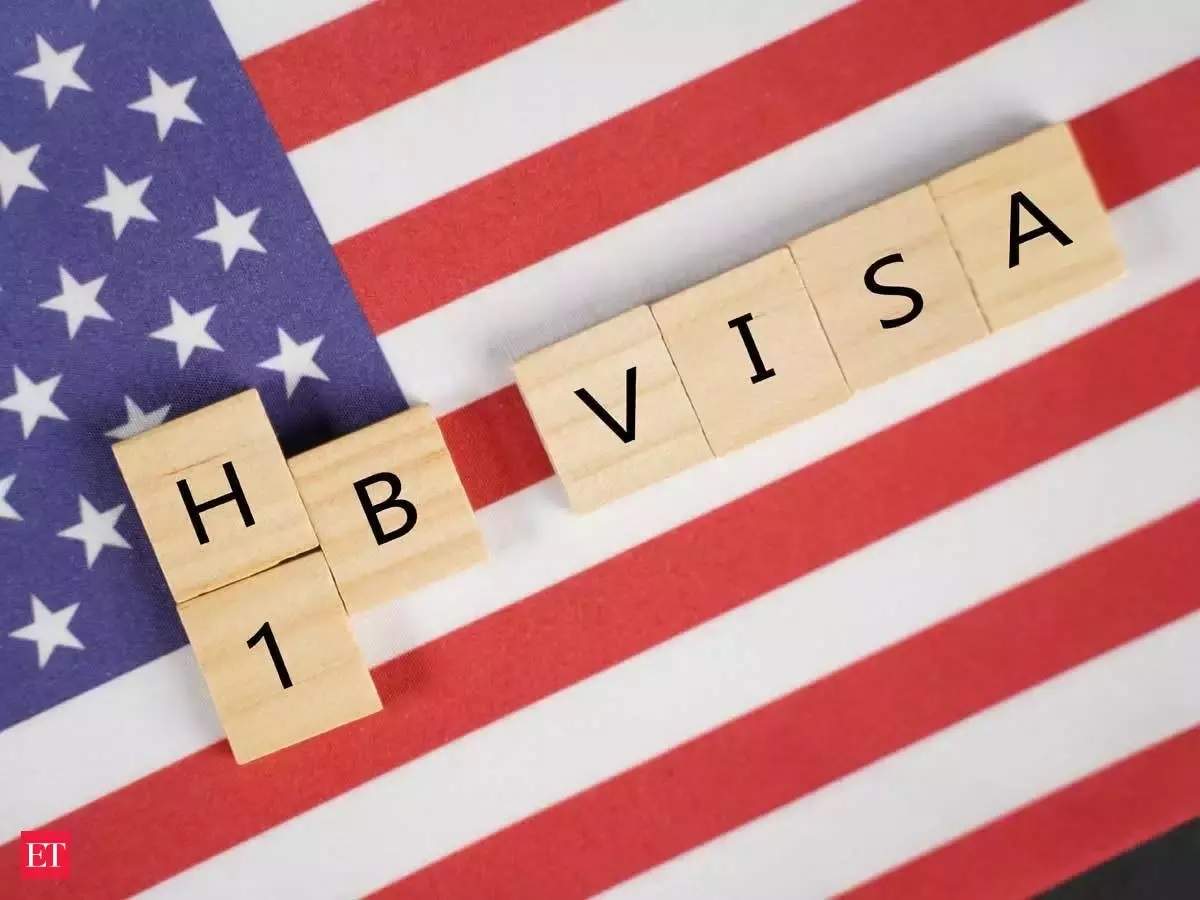
This post was originally published on this site
As H-1B cap registrations reached a new high and employers are gearing up to file their cap petitions, the business community should prepare for the recruiting challenges introduced by the registration lottery system and compounded by a competitive job market.
The U.S. unemployment rate reached a 50-year low while job openings hit 11.3 million in January. Without enough domestic workers to fill critical vacancies, companies depend on sponsoring H-1B employees, but a multiple-offer environment has some employers considering whether to sweeten the pot with creative recruitment strategies.
How does the lottery impact recruitment? This was the third cap season in which U.S. Citizenship and Immigration Services (USCIS) used the electronic H-1B registration process, requiring petitioners to enter a simple registration and pay a $10 fee for H-1B candidates. With such a low bar to register and high demand, USCIS received 483,927 registrations this season, 308,613 last year and 274,237 the year before – far exceeding the annual quotas on H-1B visas.
Even with this record number of registrations, USCIS held three lotteries last year and two the year before. Why multiple lotteries? The ability to fill all available H-1B visas—65,000 for the regular cap and 20,000 for the master’s cap—from lottery selections depends on USCIS receiving enough approvable petitions. When all available numbers aren’t used, USCIS conducts another lottery.
With historically low unemployment rates, it is increasingly common for several employers to pursue the same H-1B candidate. Multiple employers may sponsor the same H-1B beneficiary if each registration represents a legitimate business offer. If the foreign worker is fortunate enough to have more than one registration selected on his or her behalf, the sponsoring employers may choose to enhance the terms of their employment – including perks related to immigration sponsorship – to land the employee.
For example, H-1B employees typically want to bring their family members to the U.S., and companies may offer to pay visa fees and provide green card support to an employee’s spouse and children.
ADVERTISEMENT
Additionally, H-1B employees intend to stay long-term and become U.S. permanent residents, so companies could consider offering green card support and broadening which employees they support if they currently restrict eligibility based on position or tenure. Likewise, the timing of green card support can be an attractive incentive because of chronic green card backlogs and years-long wait times. Employers who provide green card sponsorship on Day 1 might be better situated to woo H-1B employees.
Companies may also offer incentives to make the move to the U.S. easier for H-1B employees and their family, such as cultural integration assistance, local school tours and other services that demonstrate concern for the employee and may have an emotional appeal.
As businesses reboot from COVID, employees are increasingly demanding remote or hybrid work flexibilities. Nearly 20% of all high-paying professional jobs are now permanently remote, and experts predict that number will rise to 25% by the end of the year. With rising housing and gas costs, the economic benefits of remote work may be an attractive offering as well.
While USCIS works to refine its H-1B selection processes, employers must work with the challenges of the current system. That means making competitive offers, and considering other creative incentives to attract global talent.
Delya Ghosh is a Partner in the San Francisco office of Berry Appleman & Leiden LLP (BAL). With a breadth of experience, she serves clients of all sizes in a diverse range of industries, offering strategic counsel on corporate immigration law.
Related Posts
None found
